Cheaper, more accessible internet available by 2028, DICT vows

By 2028, the Filipinos will have cheaper and more accessible internet access as the government moves to boost infrastructure-sharing among players of the competitive telecommunication space, according to the Department of Information and Communications Technology (DICT).
Information and Communication Secretary Henry Aguda, during an event hosted by the Economic Journalists Association of the Philippines, said they were targeting to cut internet costs by 30 percent to 50 percent on or before the end of the Marcos administration’s term.
To do so, Aguda stressed the need to “increase the use of assets through facility sharing.”
The government has been implementing the common tower policy or tower sharing, which is seen as a cost-effective solution that enables telecommunication operators to expand footprint across the country without putting up more facilities. Instead, operators will lease the towers from the independent tower companies that allow multiple users at a time.
The DICT is also working on negotiating prices with service providers to bring down contract prices, Aguda said.
In March, to recall, the government was able to secure a P5-billion Wi-Fi contract—cheaper by 77 percent from the current annual price—with a satellite internet company. The government was able to bring the price down by offering long-term agreements.
The major telco players are aligned with the government’s goal of making connectivity more affordable to the public at a time of heightened digitalization.
Collaboration
Eric Santiago, PLDT Inc. head of network strategy and engineering, said that telco players could bring down cost by “co-building” infrastructure like cell towers and subsea cable network.
Local companies have been teaming up with foreign entities in laying out international fiber cable networks to improve data delivery.
In addition, Santiago said that using advanced technology like artificial intelligence (AI) would make operations more cost efficient.
Operational expenses
For Globe Telecom vice president for regulatory development and strategy Emmanuel Estrada, cutting costs should be looked at a “holistic perspective,” which meant the “total cost to deliver product.”
This includes not only the investment but the daily operational expenses, he stressed. Estrada, as an example, said they were employing renewable energy sources to eventually trim electricity costs.
Apart from using technology, Converge ICT Solutions Inc. chief network transformation officer Paulo Martin Santos said that telco players and the government must be able to rationalize their efforts so they would be focused on underserved communities.
In addition to bringing down the internet cost, Aguda said they were also working on establishing 50,000 free Wi-Fi spots across the country by 2028.
The free Wi-Fi program is seen to benefit 9.8 million users across 1,401 cities and municipalities, including 3,040 geographically isolated and disadvantaged areas.
This program aims to improve internet connectivity in public places across the country, including hospitals, basic education institutions, state universities and colleges, airports and seaports.
“Connectivity is not just about Wi-Fi. It’s about income, dignity and access,” Aguda said.




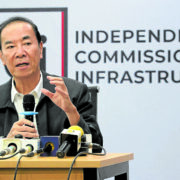
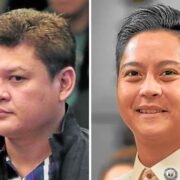




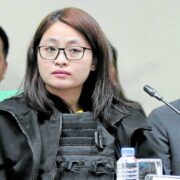

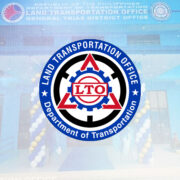


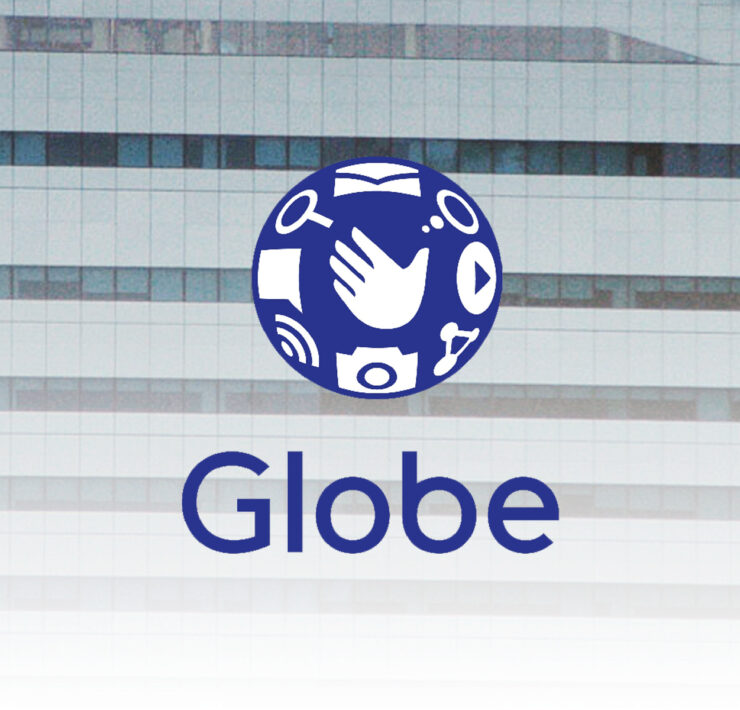
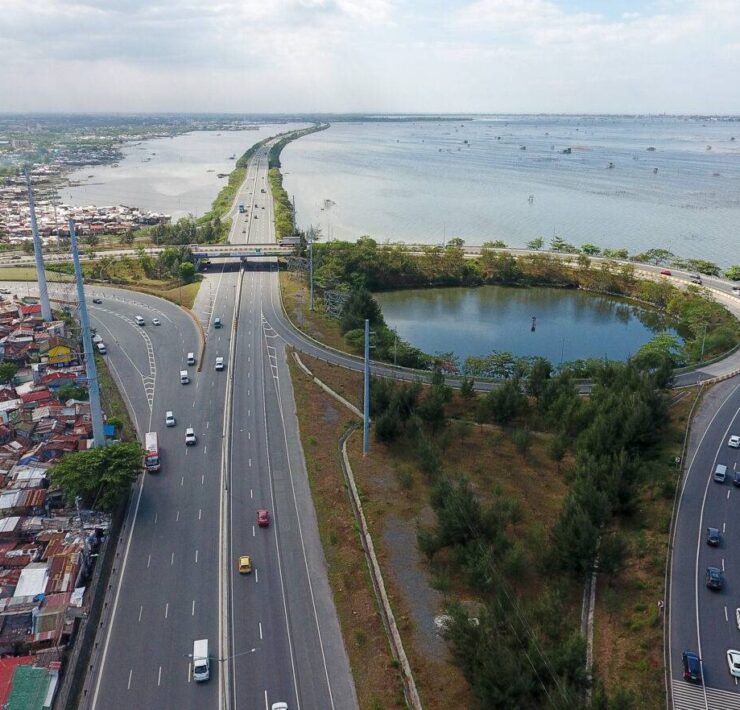
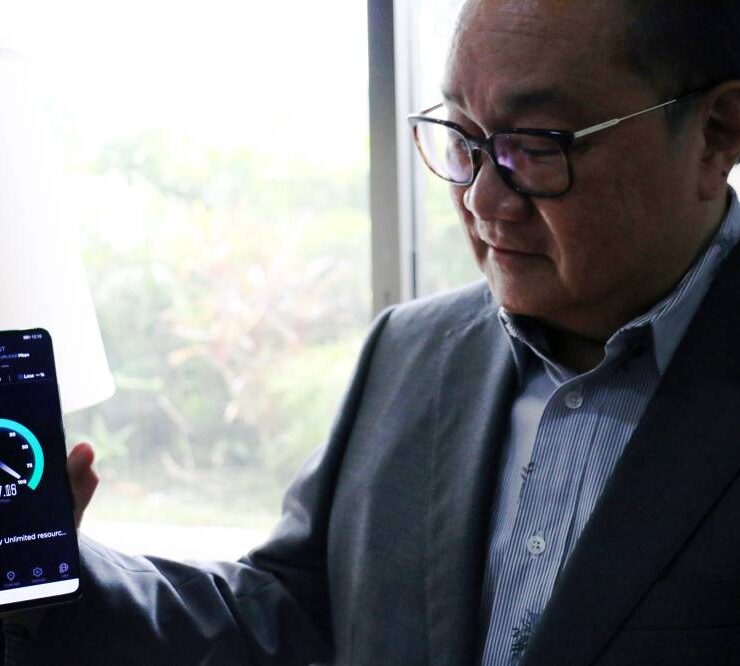



How electricity access lifts Filipino families